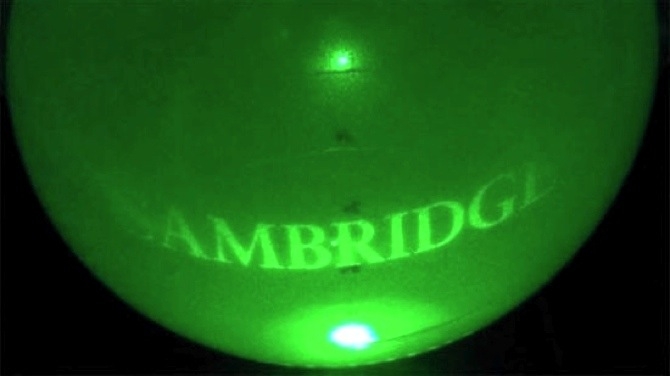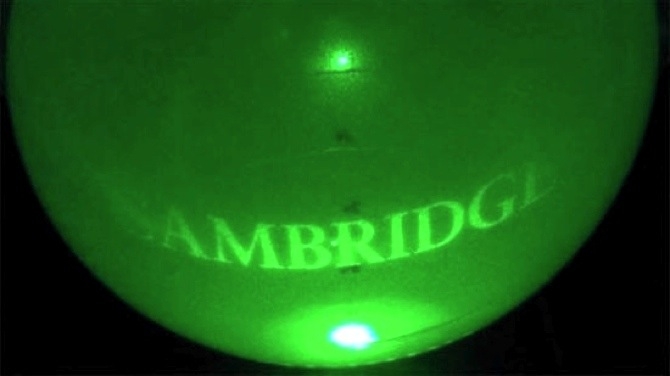
 Carbon Nanotube Hologram
Carbon Nanotube Hologram
As 3D television struggles to find its place in the consumer market, it makes you wonder if there’s another technology primed to become ‘the next big thing’
Based on recent developments in holography, we may have our answer. Dr. Haider Butt and his team of scientists at Cambridge University have successfully produced a high resolution holographic image with carbon nanotubes 700 times thinner than a strand of human hair.
Tiny nanotubes means smaller pixels, increased resolution and viewing angle for the resulting hologram. Currently, Butt’s nanotube holography is limited to displaying static ‘images’, but the future of the technology, the apex of its application, is undoubtedly holographic video (until someone figures out how to build a holodeck).
Nanotubes and LCDs
“We will look at different techniques such as combining our nanotube pixels with the liquid crystals found in flat-screen technology to create fluid displays,” says Butt, “...leading to changeable pictures and even razor-sharp holographic video.”
There are still plenty of impediments in the way of home video holography, such as the high cost of producing nanotubes and the need for more advanced sensors to mitigate changes in atmosphere and incoming light. However, look for the pace of holographic advancements to increase and for the tech to find its way into your home, sooner rather than later.
Tags: Technology


Comments